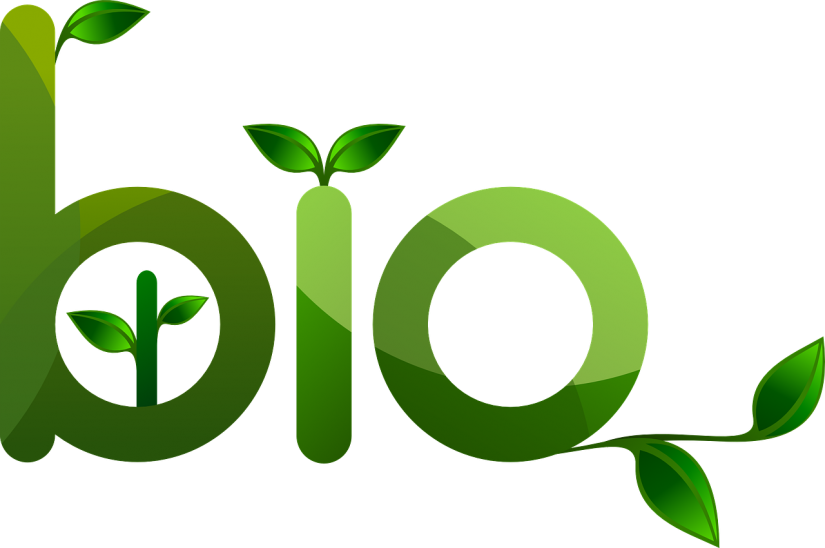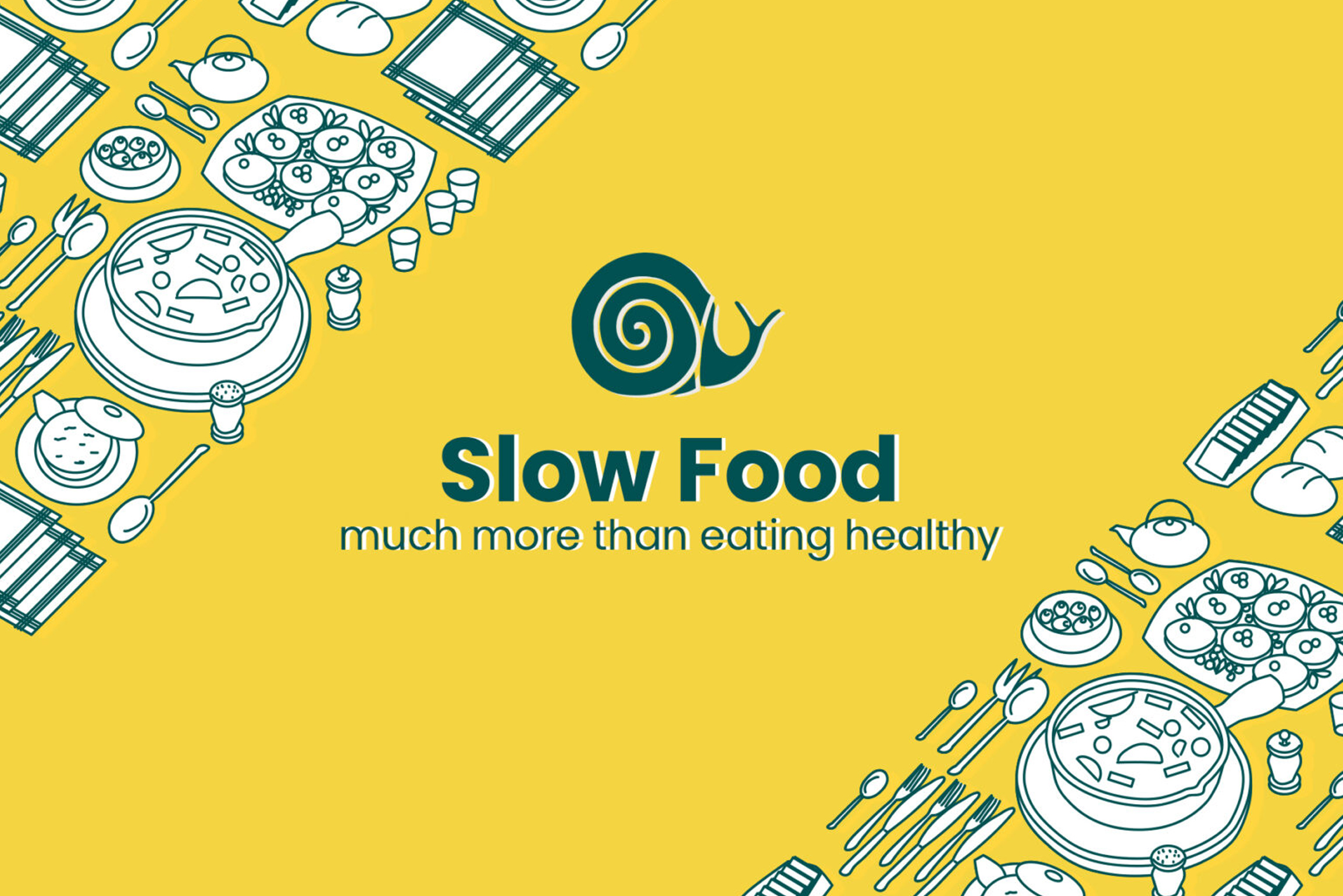How Organic Living and Organic Lifestyle Can Benefit Us?
“Organic” is not merely about food. Most of the time, when talking about organic, people tend to restrictedly refer to food, agricultural produce, and livestock that are free from chemicals and industrially produced pesticides and fertilizers, but as the famous quote goes “the whole is greater than the sum of its parts” the word “Organic” can be incorporated into many other aspects of our daily lives as well.
Organic Living & Everyday Life
Living an organic lifestyle does not have to be extreme, nor does it mean to give up all the modern conveniences. In a higher and deeper sense, it is all about how we act and make choices each and every day that will benefit the health of not only our physical but also spiritual bodies as well as the health of our community and global environment.
“Watch your thoughts, for they become words; watch your words, for they become actions”. Every action begins with thoughts. The fundamental concept to lead an organic lifestyle is primarily a change in our attitudes and to, initially, think green. Organic living does not require a major lifestyle change overnight, it can be simply started with small changes. On an individual level, we may think of something as small as growing our own organic backyard vegetable garden or making our own organic multi-purpose cleaner using natural ingredients. On a bigger picture, at the global level, for the wellbeing of the community and world environment, think about waste segregation at home or turning off lights in rooms that no one is occupying for energy conservation.
Living organically is more than just alternatively opt to organic food and products button the maximum possibility, it involves every activity that we do on a daily basis. Here below are some examples of how to live a more organic and healthy lifestyle:
- Consider the waste minimization
By reducing the use of plastic i.e. bags or straws and go for eco-friendly reusable cloth bags or biodegradable straws instead
- Look for alternative methods of transportation
By switching to green vehicles either personal cars or public transport that produce less harmful impacts to the environment than comparable conventional ones or opt to walking and riding a bike instead, if the destination place is in walking distance
- Reduce the carbon footprint
By cutting down on meat especially beef and lamb as cows and sheep emit large quantities of methane, a powerful global warming gas or consuming local produces to reduce the carbon emission from the transportation of the goods or driving less and opt to carpooling or public transport
- Conserve the environment and reduce the impact of deforestation
By paperless billing, banking and business, going paperless both at home and the office offers dual benefits – the opportunity to save money and reduce environmental footprint– cutting down trees to make paper, water and fossil fuel consumption, and greenhouse gas emissions at the same time
- Practice minimalism
“Living with less” is truly a definition of minimalism lifestyle, by living with fewer material possessions, downsizing our space and de-cluttering our lives to better focus on the true priority of life. When we consume less, it also means we disturb and harm the environment less too
Ecological Footprint and Its Impact on Human and the Globe
What is “Ecological Footprint”? The Ecological Footprint measures human demand on nature, in a nutshell, the quantity of nature it takes to support people or an economy. It involves the measurement of the amount of biologically productive land and water area an individual, a city, a country, a region, or all of humanity uses to produce the resources it consumes and to absorb the waste it generates with today’s technology and resource management practices.
The Ecological Footprint tracks the use of six categories of productive surface areas (biocapacity):
- Cropland.
- Grazing land.
- Fishing grounds.
- Built-up land.
- Forest area.
- Carbon demand on land.
They are expressed in global hectares —globally comparable, standardized hectares with world average productivity. Footprint and biocapacity can be compared at the individual, regional, national or global scale. If the Ecological Footprint exceeds the biocapacity, it signifies an ecological deficit. On the other hand, if a region’s biocapacity exceeds its Ecological Footprint, it has an ecological reserve. According to the Global Footprint Network, we currently consume more resources per year than our planet can produce in the same timeframe. Their calculations show that it takes the planet 18months to regenerate everything that we use in a 12 month period.
There are many ways that we can do to help reduce our Ecological Footprint. Living an organic lifestyle is one of them. Embracing the world with more organic-driven habits and an awareness and concern that every one of us has the responsibility to the environment, keep in mind that small changes can make a big difference. THINK GREEN and ACT NOW.








